What is the impact of drought on temperate soils?
A new BGS review pulls together key information on the impact of drought on temperate soils and the further research needed to fully understand it.
22/05/2025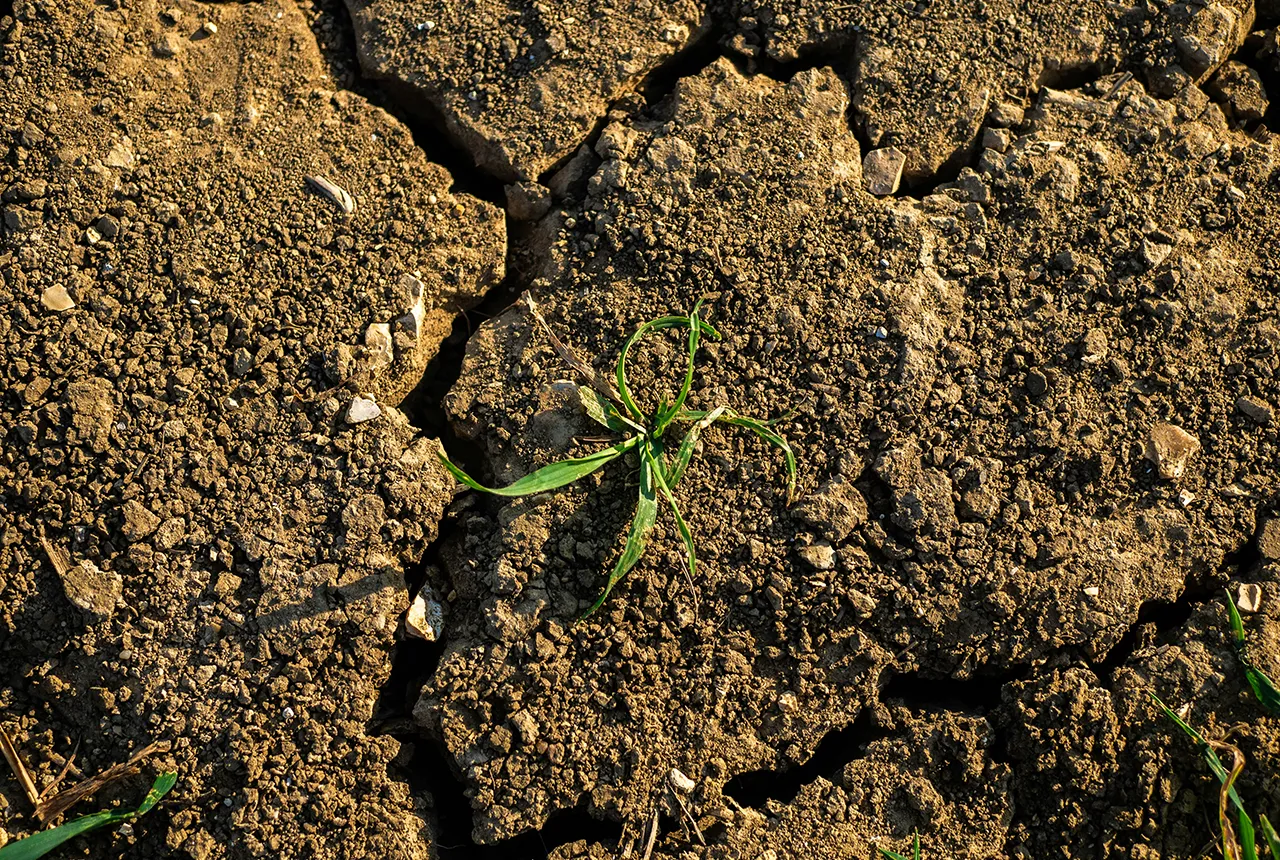
The UK summer drought in 2022 produced significant speculation concerning how its termination could affect the national soil resource. It also highlighted a knowledge gap regarding the wider effects of drought on soil properties and functions in temperate soils. BGS scientists have contributed to a recently published review bringing relevant information together to address the knowledge gap and aid policymakers.
The paper focuses on agricultural and ecosystem drought in the UK, which is when soils experience dry periods that affect agriculture production and ecosystem function. However, each individual drought has its own characteristics with respect to length and intensity, with antecedent conditions particularly important to its overall impact.
Vegetation dieback is the most widely recognised effect of drought, often demonstrated in the media using satellite images. Questions frequently concentrate on crop yields, the impact of drought on food production and likely increases in retail prices. Another observable effect of drought in the UK (and globally) is that of soil cracking, which occurs when expansive clay minerals dehydrate and shrink, which may lead to undermining of foundations of houses and infrastructure. The process is of major economic consequence, with damage to infrastructure in the UK estimated at around £100 million a year, sometimes reaching £400 million in very dry years (Harrison et al., 2022).
Responses of soils and catchments to drought termination
Beyond the impact of drought on agricultural production and ecosystem function, a major concern is how the breakdown of soil may affect the soil resource in terms of runoff and potential erosion. This may influence surface-water quality through the transfer of sediment and nutrients. However, theoretically, dry soils should have the greatest potential for infiltration and, when the infiltration rate remains greater than the precipitation rate, erosion of the soil through the generation of runoff is less likely to occur. The response of both soils and catchments to drought termination in the short term will therefore initially be determined by the intensity and duration of precipitation, with intense storms more likely to generate conditions where rainfall exceeds infiltration capacity.
Impact of drought on soil properties
As we can have no long-term prior knowledge as to whether a drought will occur, evidence on how it affects soil properties is hard to obtain unless the drought coincides within the time frame of longer-term monitoring experiments of soil processes. However, experiments examining wetting and drying cycles provide some insight into the range of impacts on biological, chemical and physical processes in soils.
Infiltration depends heavily on soil structure, with many interactions occurring between the biological and physical components of the soil system, particularly in the production of sticky substances that help particles bind together in aggregates. The activity of bacterial and fungal communities in soil is generally negatively impacted by dry conditions and this may lead to some loss of soil structure, potentially affecting infiltration rates of precipitation. In addition, the activity of soil macroinvertebrates with body widths generally between 2 and 30 mm (such as earthworms, woodlice and millipedes) may decrease. These creatures are commonly seen as soil ecosystem engineers, as they create pathways for water drainage.
The biogeochemical cycles of major nutrients, including the production of greenhouse gases, may change due to the effects on the microbial communities that decompose organic matter. This can lead to flushes of nutrients and greenhouse gas emissions upon re-wetting.
Other effects may include:
- more pronounced shrink–swell behaviour than usual in soils containing expandable clays, leading to deep cracking and possible damage to infrastructure
- an increase in the water repellency of soils, particularly those soils high in organic matter, leading to greater surface runoff
- plant responses to drought that can severely reduce the plants’ protective effect, leaving soils exposed to erosion processes and degradation
Soil resilience to and recovery from drought
One focus of soil research in recent years has been exploring its resilience to and recovery from perturbations, of which drought is an obvious major one. ‘Resilience’ relates to the resistance (degree of change) coupled with the recovery (rate and extent) from a disturbance (Constanje et al., 2015).
The nature of precipitation, its intensity and frequency will help determine how soils initially respond to and recover after drought termination. It is likely that the physical, biological and chemical recovery from drought will happen over a variety of time scales, and some parts of the system may reflect an ongoing altered state.
The management of soil organic matter (SOM), a fundamental influence on soil moisture and structure, through cultivation practice and cropping will be important. Higher SOM concentrations offer greater resilience, at least in initial drought periods. However, increased information is required regarding how biological soil communities, soil moisture dynamics and soil structure recover and how these affect biogeochemical cycles.
Conclusions
The paper reports on how the large number of interactions present between physical, chemical and biological soil properties helps explain soils’ response to drought. However, the results reviewed are drawn largely from experiments examining wetting and drying cycles.
Unlike UK ground and surface waters that have been continually monitored over historical periods, thus allowing assessment of the effects of droughts, soil data collected during actual drought periods from existing experiments are few. This means that knowledge relating to how key soil properties such as soil structure and biogeochemical cycling respond before, during and after a drought is needed for greater understanding. Collecting this data requires long-term experiments. The use of sensors, particularly to monitor soil moisture and shallow groundwater, along with the development of novel sensors could provide the basis of these experiments, allowing drought impacts to be placed into wider contexts.
In addition, further gaps in our knowledge exist regarding soil water repellancy, the impact of wildfires on soils, multiple stressors (heat; moisture) and the effects of successive extreme events on soil systems, for example drought followed by flooding. On a planet that is experiencing more extreme climate events, addressing such questions will help identify actions that can be taken to build more resilient soil ecosystems.
The research paper, ‘Temperate soils exposed to drought — key processes, impacts, indicators and unknowns’, is now available to read in full online.
Corstanje, R, Deeks, L R, Whitmore, A P, Gregory, A S, and Ritz, K. 2015. Probing the basis of soil resilience. Soil Use and Management, vol. 31, 72–81. DOI: https://doi.org/10.1111/sum.12107
Harrison, A M, Plim, J F M, Harrison, M, Jones, L D, and Culshaw, M G. 2012. The relationship between shrink–swell occurrence and climate in south-east England. Proceedings of the Geologists’ Association, vol.123, 556–575. DOI: https://doi.org/10.1016/j.pgeola.2012.05.002
About the author

Dr Andrew Tye
Process geochemist
Relative topics
Related news

World Cities Day: the geological story of our cities
31/10/2025
Understanding the rocks that underlie our towns and cities, the risks they can present and how they influence urban planning and redevelopment.

PhD adventures in the Philippines: coring around Lake Bulusan
05/09/2025
Chris Bengt recounts his two-week field trip to Bulusan Volcano Natural Park in the Philippines to collect lake sediment cores, fresh soil and water samples.
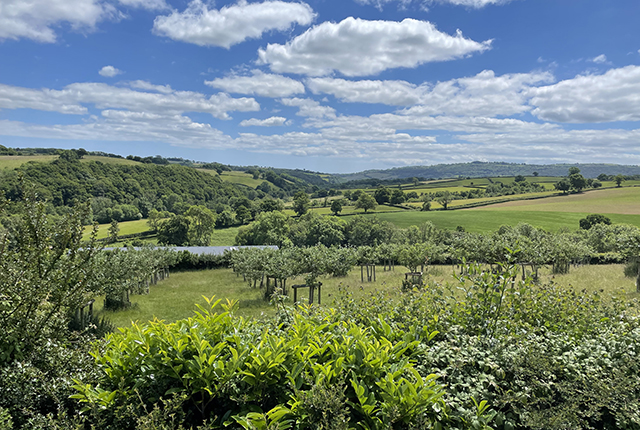
New journal article reveals snapshot of forever chemicals in shallow English soils
31/07/2025
Data on the presence of per- and polyfluoroalkyl substance concentrations in English soils has been released.

Modern pesticides found in UK rivers could pose risk to aquatic life
17/06/2025
New research shows that modern pesticides used in agriculture and veterinary medicines have been found for the first time in English rivers.

What is the impact of drought on temperate soils?
22/05/2025
A new BGS review pulls together key information on the impact of drought on temperate soils and the further research needed to fully understand it.
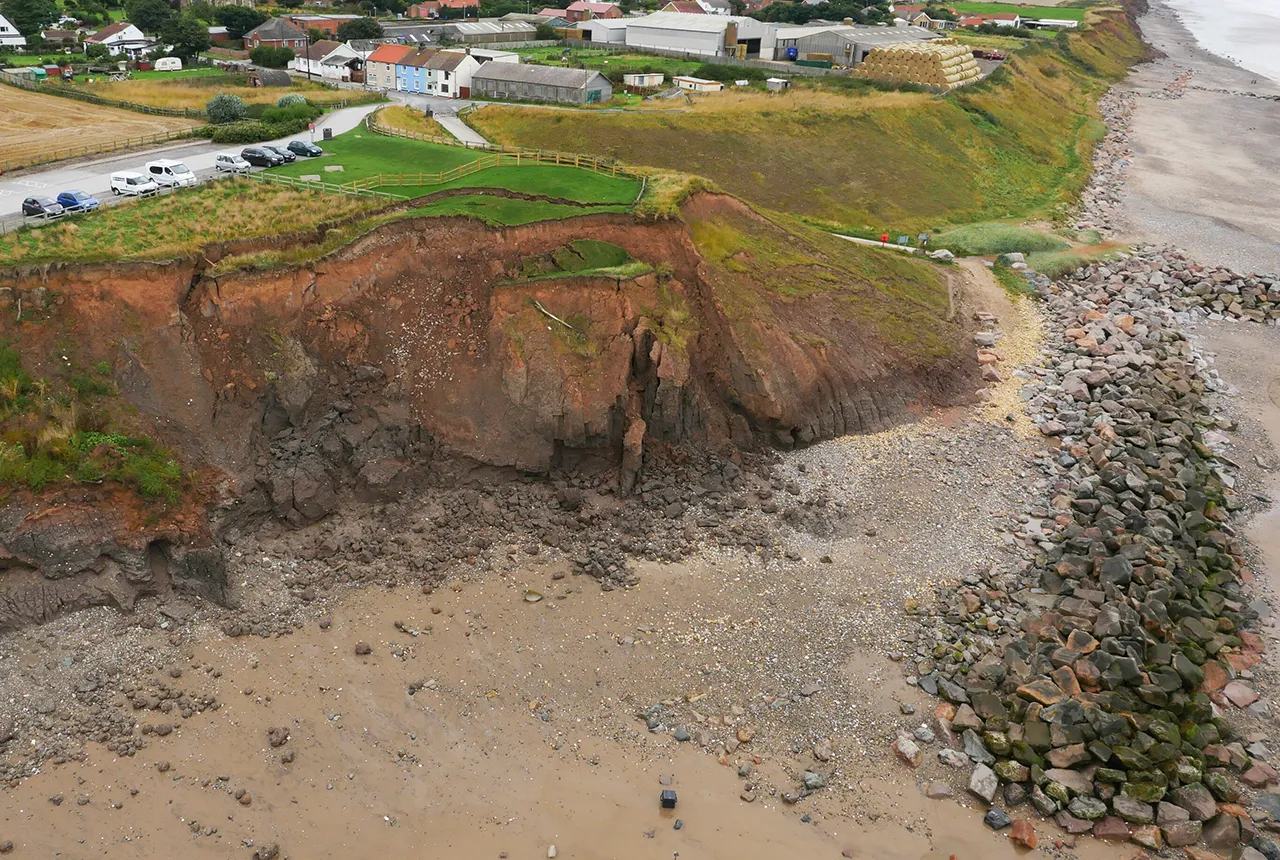
What does the next generation of coastal environmental models look like?
15/04/2025
A new tool is now available that has been designed to help coastal engineers and practitioners better manage the compound risk of coastal erosion and flooding.
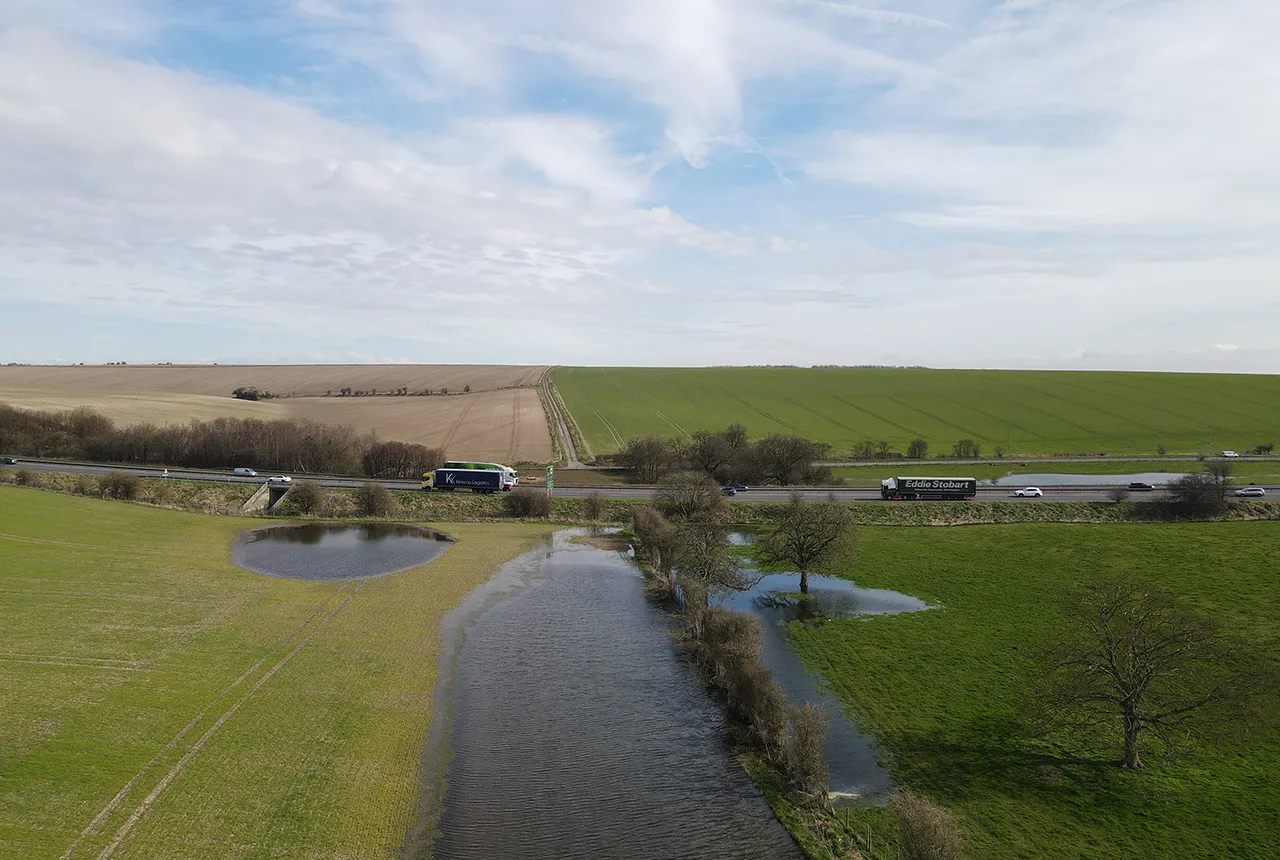
Pioneering tool expanding to analyse agricultural pollution and support water-quality interventions
06/02/2025
An online tool that shows which roads are most likely to cause river pollution is being expanded to incorporate methods to assess pollution from agricultural areas.
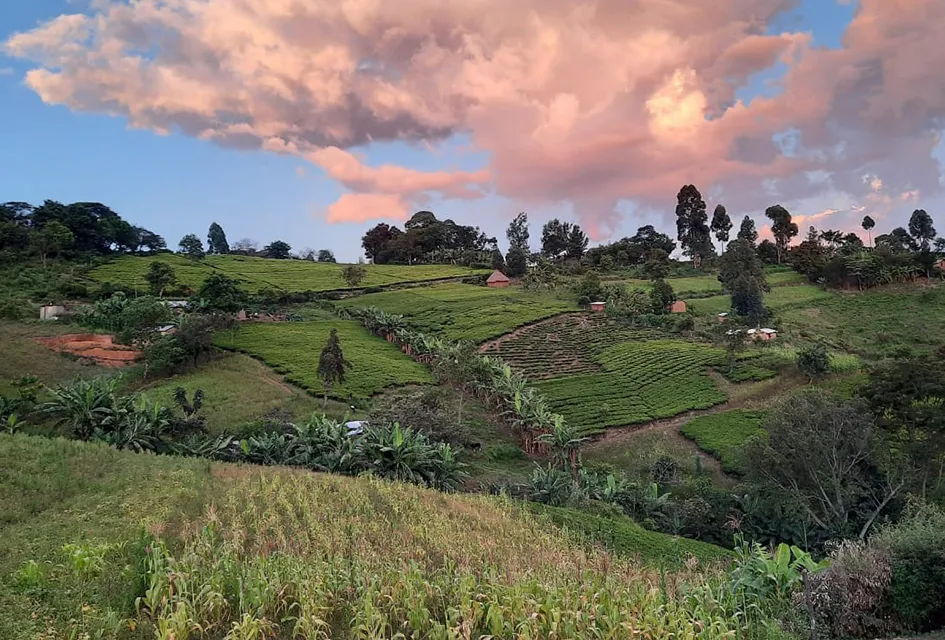
Dynamics of land-to-lake transfers in the Lake Victoria Basin
09/12/2024
In June 2024, a UK/Kenya research team shared research findings from a collaborative, four-year field and experimental programme within Kenya.
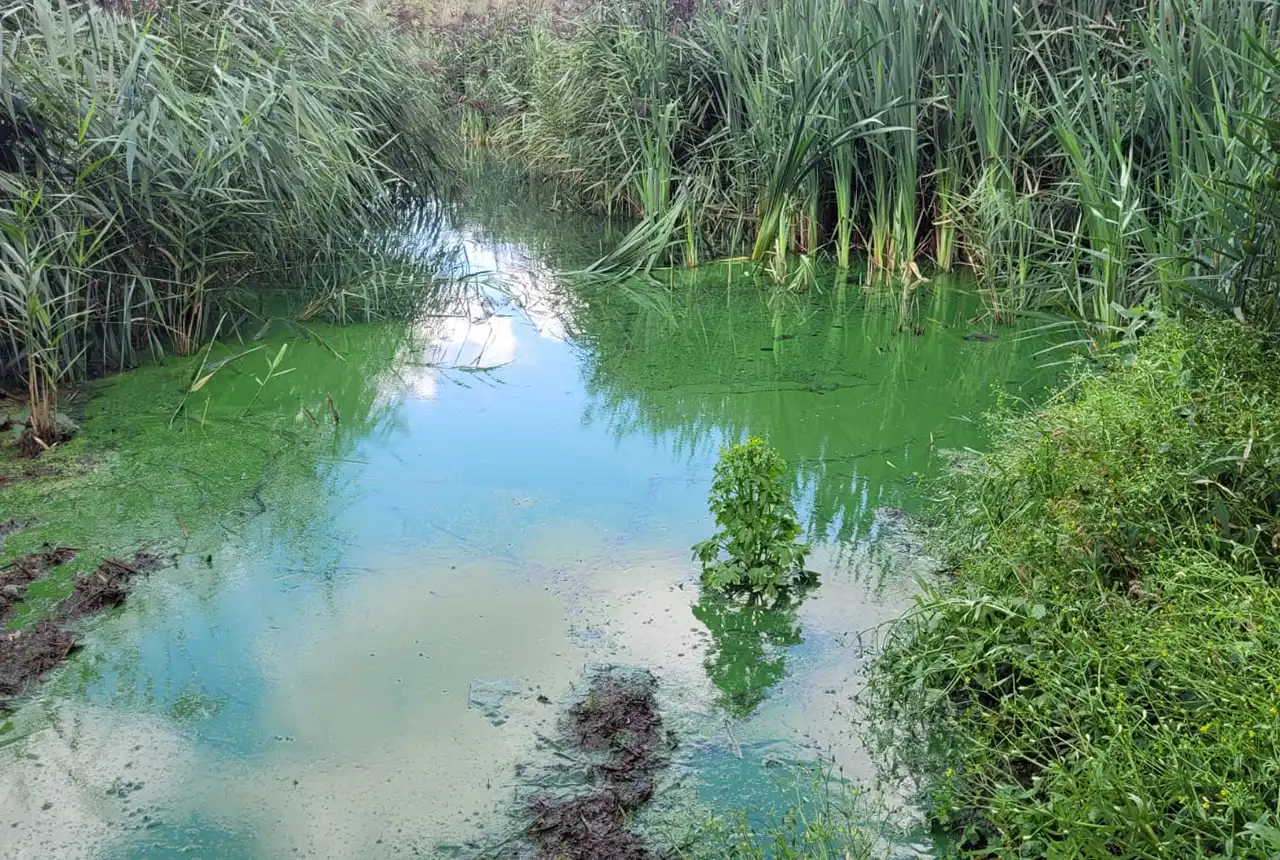
Studying oxygen isotopes in sediments from Rutland Water Nature Reserve
20/11/2024
Chris Bengt visited Rutland Water as part of a project to determine human impact and environmental change in lake sediments.
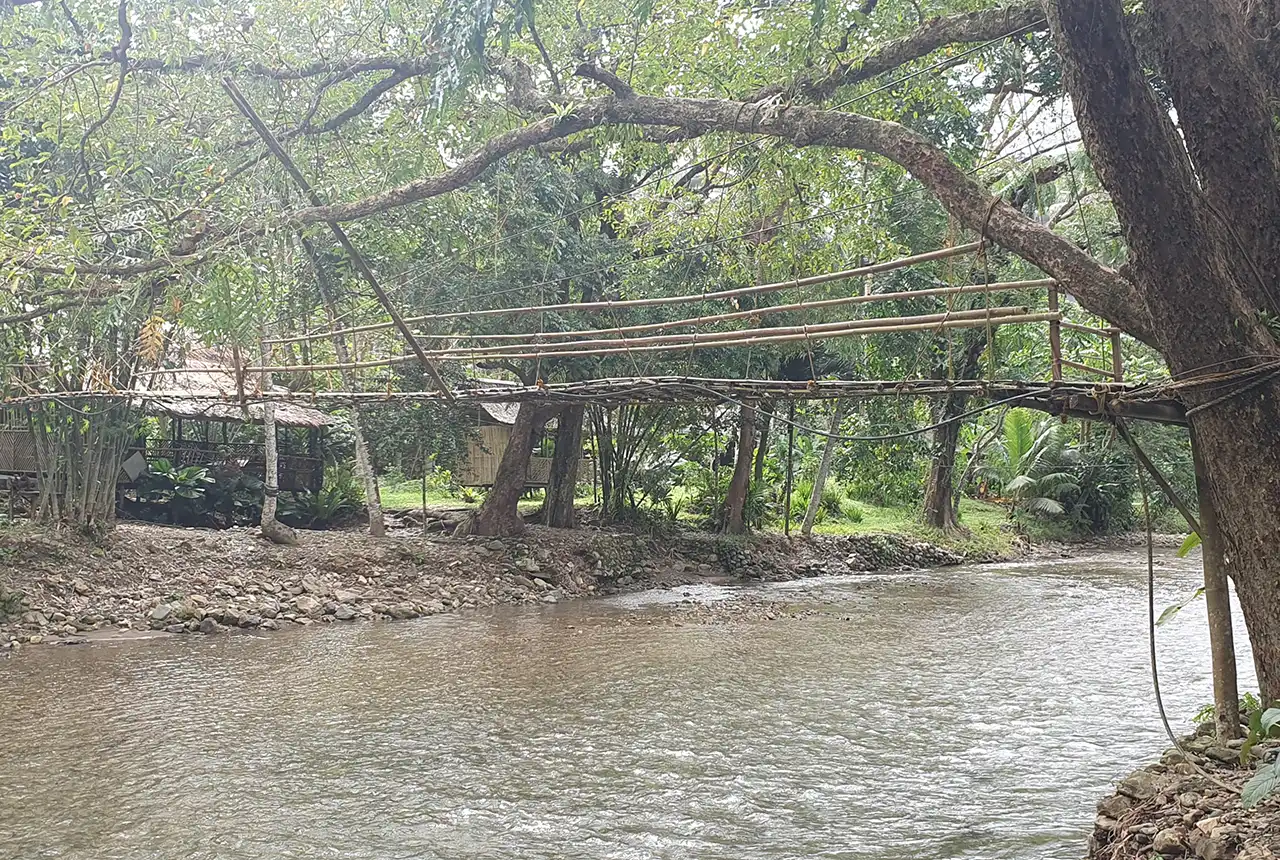
UK–Philippine partnership to help tackle the challenges of future water security in the Philippines
07/11/2024
New ‘hydrological hub’ to foster research and provide essential national water management datasets and tools.

Forty years and counting: new topsoil data provides most extensive snapshot of environmental pollution effects
01/10/2024
Scientists have uncovered clear signs of the impact environmental pollution is having across the country’s soil.
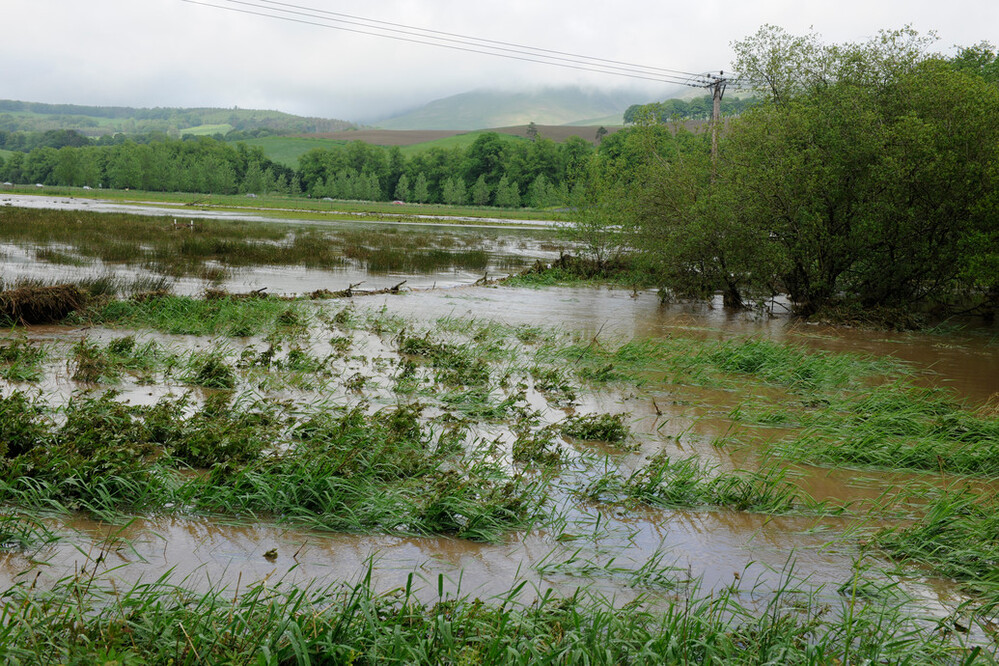
New £38 million project to reduce the impact of floods and droughts
02/09/2024
BGS will take a leading role in efforts to better predict the location and effects of extreme weather events.


